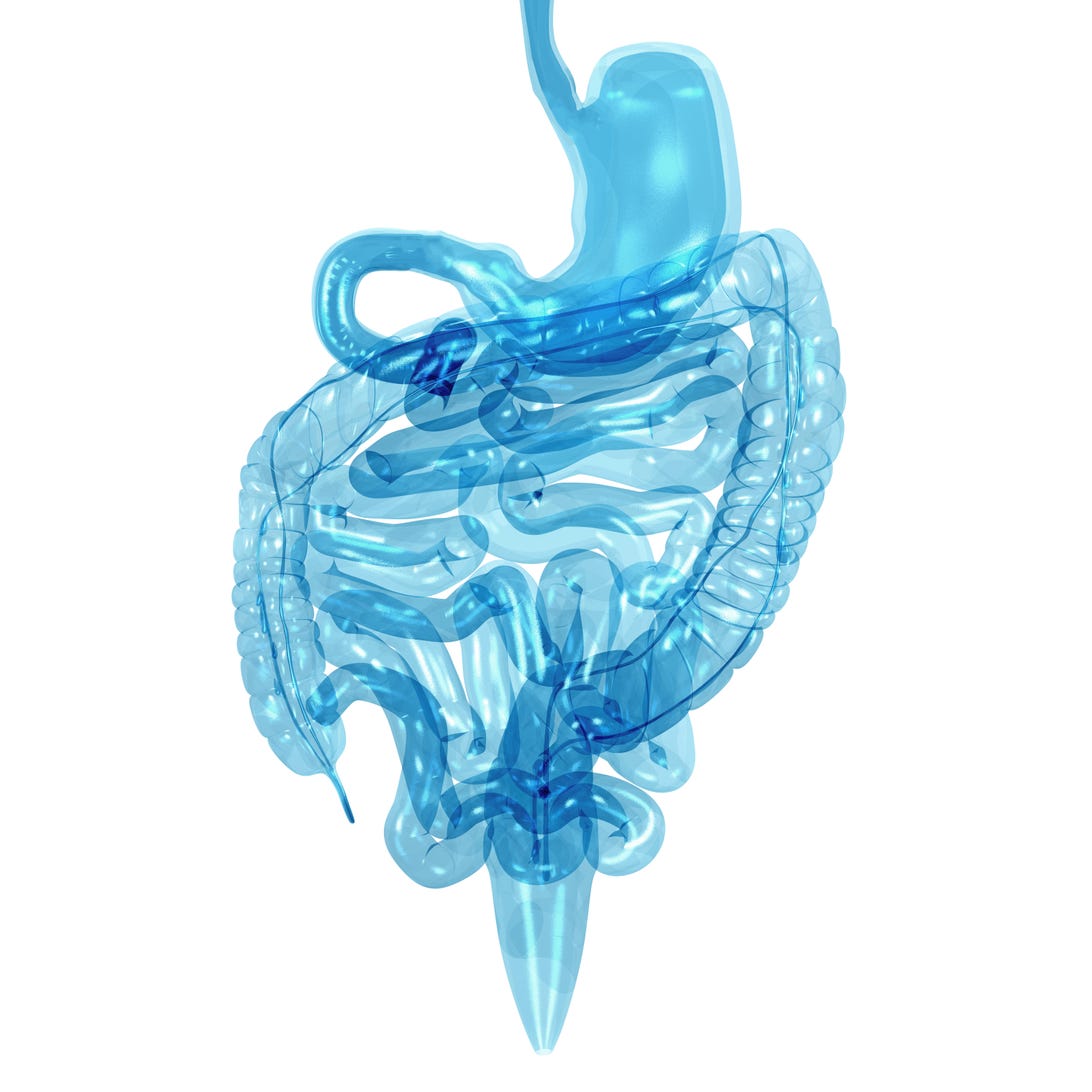The ‘blue poop challenge’ is helping people grade their guts – CNET [CNET]

If you’ve ever thought to yourself, “Gee, I wish I could eat a blue muffin to track how long it takes me to digest it” — then the “blue poop challenge” might be for you.
In a “movement” from health science company Zoe, people are eating two blue muffins in the morning, then making note of when their poop comes out blue. Participants are then directed to Zoe’s website to enter the time they ate the muffins, and the time the blue poop appeared. After you enter your results, Zoe will give you insights on your “transit time” and what it might mean for your gut health. (If you don’t want to buy the company’s muffins, they provide a simple recipe to make your own at home. You could also use another food, as long as it contains the required amount of blue dye.)
The importance of the gut microbiome has come up in the context of various diet trends and studies, but more research is needed to completely understand how your gut microbiome is tied to your overall health. To get to the bottom of it, we asked a GI expert about the benefits and limitations of tracking your digestive system using food dye.
The science behind ‘blue poop’
The idea of a DIY digestion-tracking project was born when Zoe scientists in London used blue dye to track gut transit time and its impact on the gut microbiome. Their findings, published in the scientific journal Gut, suggest a link between faster transit times and a more functional microbiome, and slower transit times with a less functional microbiome and specific microbial species. This research was the basis for the blue poop challenge.
“It’s meant to be fun, to raise awareness of the importance of gut health and our microbiome, and to get people thinking about how we can eat the right foods for our own unique biology to maximize our health,” Dr. Sarah Berry, co-lead author of the study and reader in nutrition sciences at King’s College London, said in a statement through Zoe.
Dr. Marie Borum, director of the Division of Gastroenterology at the George Washington Medical Faculty Associates, says that though she thinks more research is needed on the link between gut transit and intestinal microbiomes, the blue poop challenge offers insights that could be helpful in evaluating patients.
“I think it’s a novel idea, and it’s something that needs continued study and exploration,” Borum says. “I don’t think we should dismiss it, because I think this may be adding to our understanding of gut function.”

Traditional tests used in medical settings can offer similar insights, Borum says, like the use of radiopaque markers that a patient swallows, then digests over a short period of time. Doctors monitor the markers to determine how fast a patient’s gut moves or doesn’t move, Borum explained. But that requires a lot of work and money.
“I think this is particularly novel because it can be done at home,” Borum says. “It can be done by the person and they can give you the results that then can be analyzed.”
What is a gut microbiome?
Your gut microbiome is your own personal ecosystem of bacteria and other life forms that live in your gut. Some researchers have suggested that gut microbiome composition influences certain diseases, including cancer, according to the science journal Nature.
“There are many different things we have to evaluate when we’re looking at gut microbiomes,” Borum says. Gut microbiomes can vary from person to person depending on their geography, diet, and health or disease state, she says.
Does it have to be a blue muffin?
Although you don’t necessarily have to bake a muffin as long as you use the required amount of dye, Borum says eating foods with natural dye, like beets, that may change the color of your stool may not be as effective, because the concentration of dye is more variable.
“As we evolve in our knowledge, we’ll be able to figure out what kinds of options we have to try to use naturally occurring foods for understanding gut movement,” Borum says.

![the-‘blue-poop-challenge’-is-helping-people-grade-their-guts-–-cnet-[cnet]](https://i0.wp.com/upmytech.com/wp-content/uploads/2021/05/31225-the-blue-poop-challenge-is-helping-people-grade-their-guts-cnet-cnet.jpg?resize=800%2C445&ssl=1)
![our-most-anticipated-indie-games-of-2022-[game-informer]](https://i0.wp.com/upmytech.com/wp-content/uploads/2022/02/49876-our-most-anticipated-indie-games-of-2022-game-informer.jpg?resize=390%2C205&ssl=1)
![mmhmm,-the-virtual-presentation-software-from-phil-libin,-launches-its-beta-2-[techcrunch]](https://i0.wp.com/upmytech.com/wp-content/uploads/2020/08/7296/mmhmm-the-virtual-presentation-software-from-phil-libin-launches-its-beta-2-techcrunch.png?resize=390%2C205&ssl=1)
![socialfi-could-empower-content-creators-to-break-free-of-brand-partnerships-[venturebeat]](https://i0.wp.com/upmytech.com/wp-content/uploads/2022/04/61276-socialfi-could-empower-content-creators-to-break-free-of-brand-partnerships-venturebeat.jpg?resize=390%2C205&ssl=1)